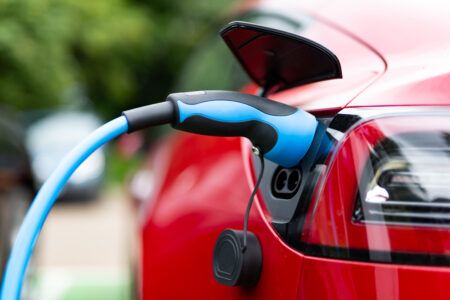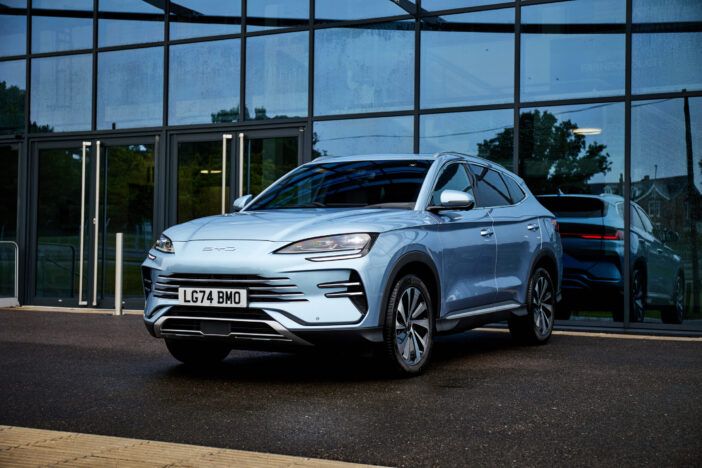While the EV powertrain market is generally on the rise, boosted by growing environmental concerns and aided by improved technology performance, the industry has seen a range of challenges. Of these, the question of regulation has arguably had the greatest impact so far, and the future looks set for more of the same.
There is no doubt the electric vehicle (EV) market is increasing, with a recent Allied market research report valuing the global market at US$162bn in 2019, and projecting it to reach US$802bn by 2027, registering a solid CAGR of 22.6%. North America and Europe are expected to witness considerable CAGRs of 27.5% and 25.3% respectively, during the forecast period. The cumulative overall market share of these two segments was 40.1% in 2019, and is anticipated to reach 51.0% by 2027.
Market drivers are numerous, but in Europe as a whole the impact of tightening CO2 emission regulation through 2020–21 is certainly one of the key drivers behind EV adoption. However, this mainly reactive regulatory stance has caused a variety of stops and starts in different market segments, as manufacturers and service providers shift their offerings to suit. In many ways this market is quite unique, requiring a wide range of providers to work together seamlessly in order to deliver a viable service. From town planning committees and councils, through utility companies and telcos to vehicle manufacturers and fleet managers or consumers, it’s a long chain and easily disrupted.
Initial HEV success
A good example here is the initial success of plug-in hybrid electric vehicles (PHEVs) and hybrid electric vehicles (HEVs), such as the Toyota Prius, which proved popular with consumers, fleet operators and Uber drivers alike. This popularity was based on the fact that hybrids were seen to be greener and cleaner than full Internal Combustion Engine (ICE) vehicles, and were also able to access a range of government incentives, including lower Benefit-in-Kind (BiK) tax for company car owners.
However, after a series of reports, including one from TMC that highlighted concerningly high fuel consumption and emissions in real-world driving for hybrid vehicles, opinion began to shift. Indeed, the TMC report indicated that drivers of plug-in hybrids consumed up to three times more fuel than official figures would suggest. As a result, countries across the EU began to change their stance on PHEVs with small battery capacity – in Belgium in 2020 for example, plug-in cars are only granted tax relief on a sliding scale linked to the battery’s storage capacity and total vehicle weight.
Increasing tax on emissions
The UK Government also overhauled the Vehicle Excise Duty system to encourage buyers to choose zero- and low-emission vehicles from 6 April 2020. The new structure removes benefit-in-kind car tax for all-electric vehicles, a move designed to incentivize fleet managers and company car drivers to choose zero-emission vehicles. However, previously exempt vehicles – PHEVs and HEVs – are now taxed on their CO2 output. Previously also exempt from initial registration fees, a brand new Toyota Prius HEV will now cost buyers an additional £25 at the point of sale.
Interestingly, the new VED also exempts fully electric vehicles from the Vehicle Excise Duty ‘expensive car supplement’ that kicks in at £40,000 – a small incentive to develop high-end EV vehicles. While those high-end luxury EVs may have been thin on the ground so far, there are certainly more in the pipeline – in June 2019, Jaguar Land Rover and BMW announced an unusual collaboration in R&D, engineering, and procurement of data to develop the next generation Electric Drive Units (EDUs).
Another blow to hybrids comes in the shape of the London Congestion charge, which is now payable by vehicles emitting over the 75g/km exemption threshold, as well as the city’s Ultra Low Emission Zone charge. While the hybrid market might be experiencing declining favor, the battery electric vehicle (BEV) is very much in the ascendant, benefitting from most of the above, with plenty of new legislation on the horizon. One such mooted initiative is to exempt all zero emission cars across the EU from VAT, a step that seems increasingly likely, especially considering the EU’s hard line on reducing emissions in new vehicle sales. Indeed, so severe are the requirements to have an increasing percentage of BEVs in new car lineups that Fiat-Chrysler were forced to make a deal with Tesla to pool their sales in Europe in order to comply.
While this seems to indicate a pretty sunny picture for BEV sales, and a less-than positive future for hybrids, that is not the case globally. In many developing countries, hybrids are much more practical due to a lack of charging infrastructure, something that the UK and Europe has seen significant investment in recent years. One recent comparison claimed that there are twice as many public charge points for electric cars in the UK compared to petrol stations, although even this impressive figure contains several caveats. Only 17% of that total 17,947 public electric vehicle charging devices are ‘rapid charge’ devices, and even those are not as frictionless as the highly mature petrol station network. If the 38.7 million licensed vehicles in Great Britain (2019) all switched to BEV’s overnight there would be a significant shortfall in charge point availability.
In short, hybrids are far from dead in the short term – indeed, of the 269,000 ultra low emission vehicles on the UK’s roads in 2019, 53% are plug-in hybrids. However, in terms of new vehicle registrations, plug-in hybrid electric cars decreased by 17% in 2019. The future – in the UK and Europe at least, looks to be all about BEV’s, but hybrids will remain popular elsewhere, forcing manufacturers to continue producing a mixture of powertrain options for the foreseeable future.





